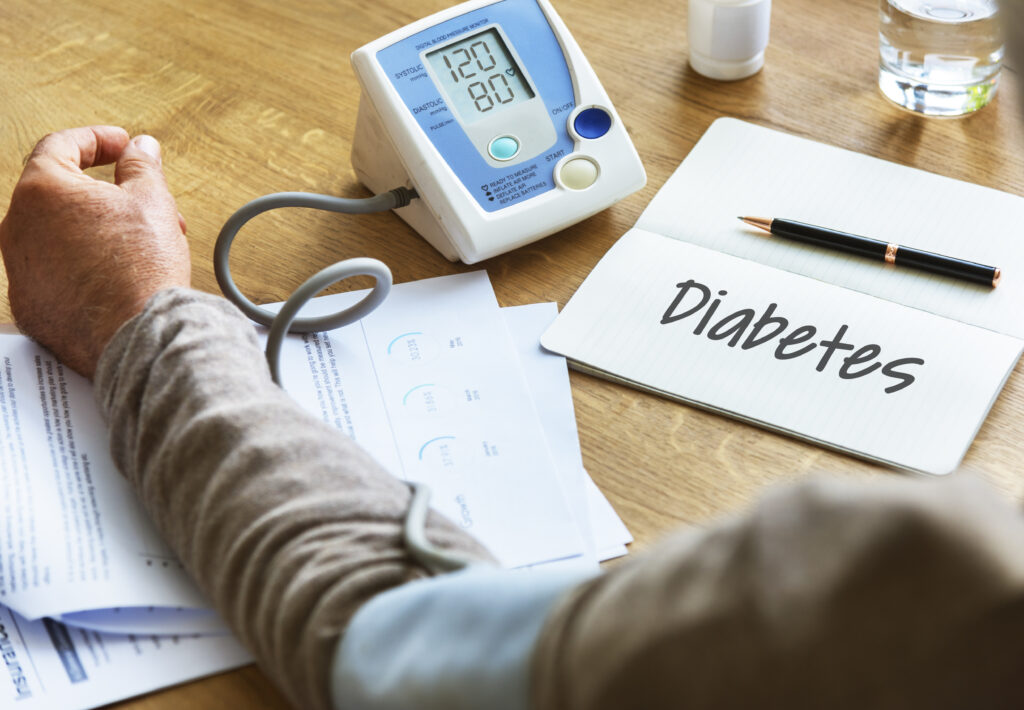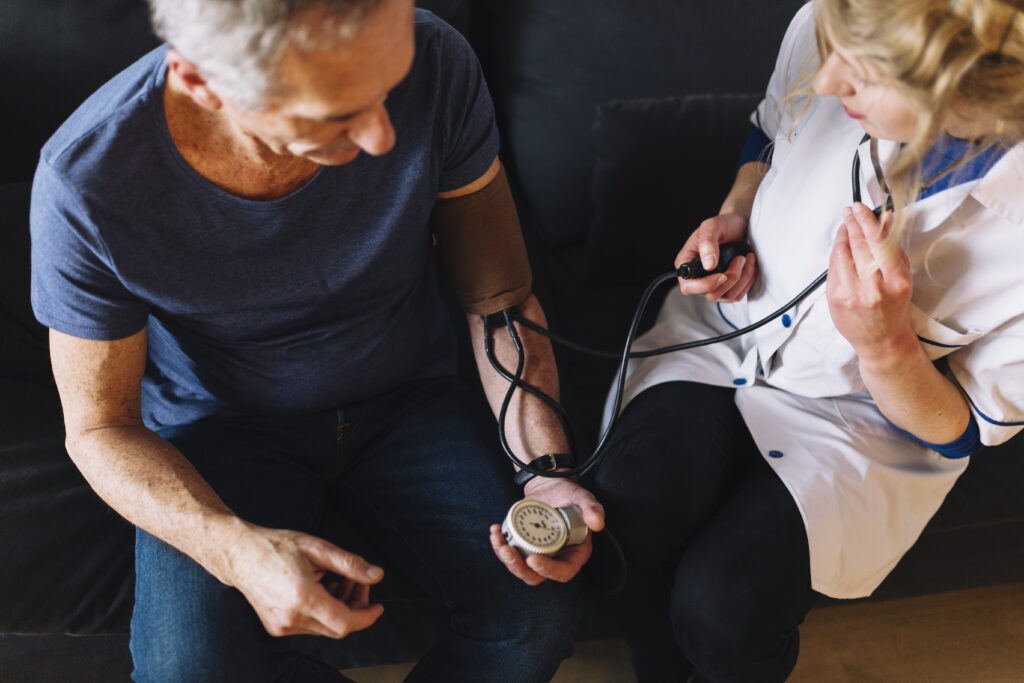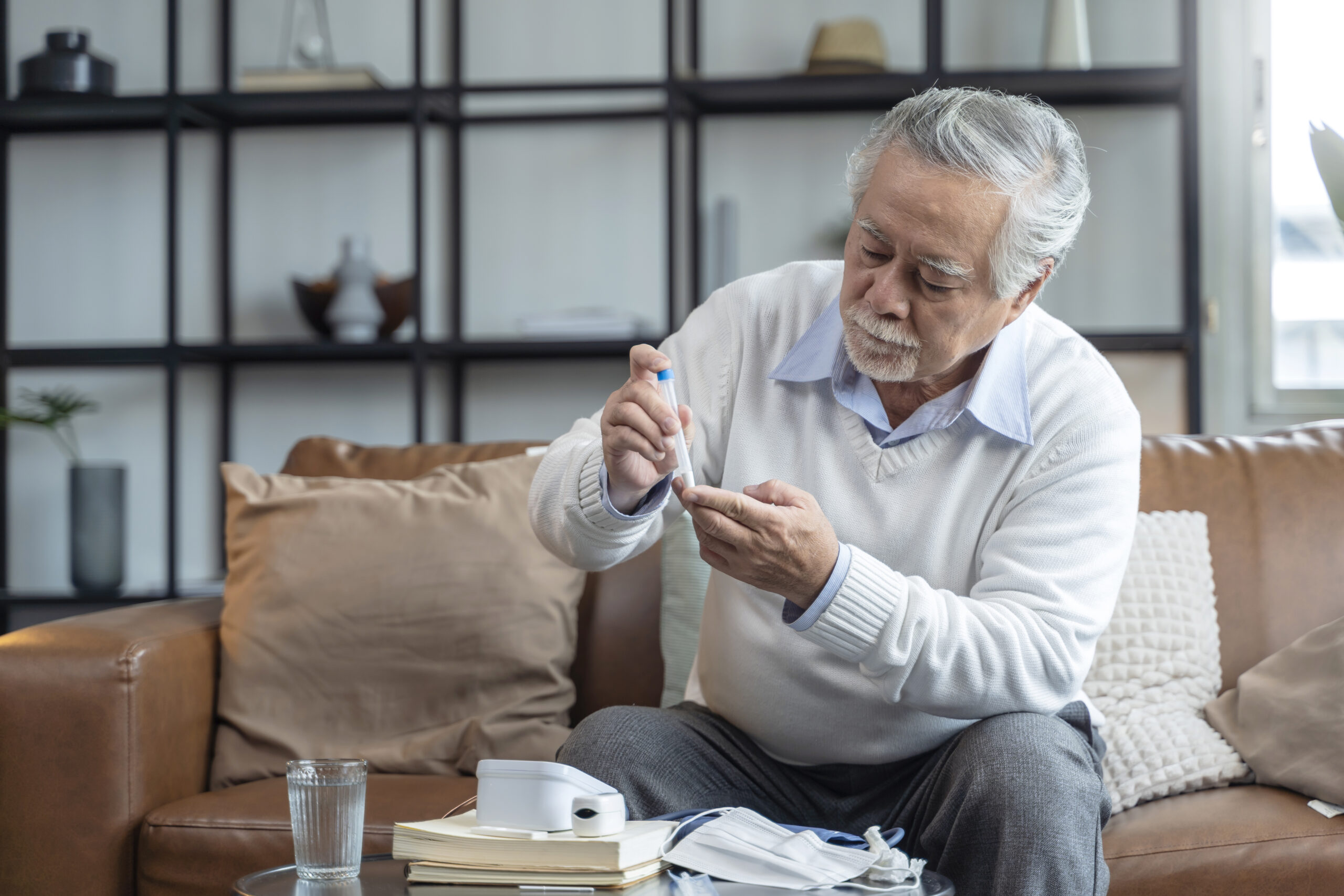Here we are going to share information on the topic “Which ten signs point to diabetes type 2?” If left untreated, diabetes type 2, a chronic metabolic disease marked by elevated blood sugar and insulin resistance, can have serious health consequences. It is critical to identify the early warning signs and symptoms of type 2 diabetes in order to diagnose and treat the condition in a timely manner. In this investigation, we examine ten crucial indications that function as warning signs and direct people toward preventative actions for improved health results.
More than 9% of Americans have diabetes, according to the CDC. This is a growingly prevalent disease; each year, 1.5 million Americans receive a diabetes diagnosis.
High blood sugar can lead to some very dangerous side effects, such heart failure and stroke. To help you lead a normal, healthy life, diabetes can be controlled with prescription medicine, food, and exercise.

Diabetes: What is it?
Diabetes is a condition marked by elevated blood sugar, often known as blood glucose. This can be brought on by insulin resistance, or type 2 diabetes, or by an inability to produce enough insulin (type 1 diabetes).
Diagnosing type 1 diabetes typically occurs in childhood. On the other hand, type 2 diabetes is more prevalent in elderly populations but can develop at any age.
When your blood sugar level is greater than normal but not high enough to be classified as type 2 diabetes, you have prediabetes. It is possible to reduce the risk that the illness may worsen and develop into type 2 diabetes.
Which ten signs point to diabetes type 2?
1. Frequent urination.
- You urinate more frequently when your blood sugar is high because your kidneys are removing too much blood sugar from your body.
- Urinating so often that it wakes you up during the night to use the restroom is one of the early warning signs of diabetes.
2. A greater desire to drink
- Vital fluids will be drawn out of your tissues when your kidneys work harder and you urinate more frequently.
- You will have persistent thirst if you frequently urinate.
3. Exhaustion
- A high blood sugar level causes your body to expend extra energy trying to flush out the sugar.
- This process not only wears out your body but also changes how your body uses glucose as an energy source.
- Among its other symptoms, hyperglycemia, or abnormally elevated blood sugar, can be exhausting.
- Additionally, one major cause of weariness in diabetics is the dehydration that results from increased urination.
4. Hazy vision
- Elevated blood sugar levels have the potential to harm the tiny blood vessels in the eyes, causing the lens to swell and perhaps impair vision.
- Your vision may improve or deteriorate in proportion to changes in blood sugar levels.
5. A rise in appetite
- Your body actively seeks out ways to eliminate elevated blood sugar.
- You may feel more hungry when your body excretes a large amount of the glucose that you consume.
6. Inexplicable loss of weight
- Your body loses its main source of energy when extra glucose is released, and when it can no longer use glucose as fuel, it begins burning fat and muscle, which results in weight loss.
- When unexplained weight loss reaches 10 pounds, or 5% of total body weight, it is deemed significant.
7. Slowly recovering cuts and injuries
- Damaged blood vessels result in poor blood circulation, much like damaged eye tissue causes blurry vision.
- This makes it more difficult for blood to get to the injured area, which is why small cuts and wounds can take weeks or months to heal.
- This delayed healing increases the risk of infection and amputation in unhealed cuts and wounds.
8. Numbness or tingling in the hands or feet
- Anxiety can be significantly impacted by high blood sugar.
- This damage might begin as tingling or numbness and gradually progress to pain or neuropathy.
9. Discoloration of the skin
- Dark patches, also known as acanthosis nigricans, are a common side effect of insulin resistance and are usually present around the groyne, underarm region, and neck folds.
- This darker skin can have a raised, smooth appearance.
10. Infections with yeast
- The yeast thrives in the conditions produced by the excess sugar in your blood and urine.
- Yeast can feed on the excess sugar in the mouth, armpits, and genitalia. Keeping blood sugar levels stable can help lower the risk of developing yeast infections.
Factors at risk
It’s crucial to take extra precautions to delay the onset of diabetes if you discover that you have risk factors for the disease. Typical risk factors include the following:
- 45 years or older
- Obese or overweight
- sedentary kind of life
- Diabetes in the family history
- Gestational diabetes’s past
- Past medical history of hypertension, heart disease, or stroke
Are you Native Hawaiian, Pacific Islander, Asian American, American Indian, African American, Hispanic/Latino, or Native Hawaiian?
You can use the risk test provided by the American Diabetes Association to find out if you are at risk of type 2 diabetes.
Preventions of diabetes type 2
Managing one’s health and lifestyle holistically is key to delaying the onset of type 2 diabetes. Making changes to one’s lifestyle is essential to lowering the risk factors for this metabolic illness. The following are some precautions that people can take:
Maintain a Healthy Weight
Eat a balanced diet and get regular exercise to help you reach and maintain a healthy weight. Losing extra weight—even only 5–10% of body weight—can dramatically lower the chance of getting Type 2 diabetes.
Adopt a Balanced Diet
Pay attention to eating a diet high in whole grains, fruits, vegetables, lean meats, and healthy fats. Eat less processed food, sweetened beverages, and high-fat foods, as these can cause insulin resistance and weight gain.
Take Part in Regular Physical Activity
Make exercise a regular part of your day. Aim for two or more days of muscle-strengthening activities each week, in addition to at least 150 minutes of moderate-intensity aerobic activity per week, such as brisk walking, swimming, or cycling.
Monitor Blood Sugar Levels
If you have any risk factors for diabetes type 2, such as obesity, a sedentary lifestyle, or a family history of the condition, it is important to periodically monitor your blood sugar levels. Diabetes Type 2 problems can be avoided by identifying and treating excessive blood sugar levels early on.
Control Stress
Prolonged stress can raise blood sugar levels and lead to insulin resistance. Engage in hobbies and enjoyable activities, as well as stress-reduction approaches like yoga, deep breathing exercises, and mindfulness meditation.
Obtain Enough Sleep
Make it a priority to get a good night’s rest every night. Sleep between seven and nine hours a night to promote general health and wellbeing. Inadequate sleep patterns can cause hormone imbalances, which in turn can lead to weight gain and insulin resistance.
Limit Alcohol Consumption
Restrict alcohol consumption to reasonable amounts, as high alcohol use raises the risk of type 2 diabetes. This translates to one drink per day for women and two drinks per day for men.
Give Up Smoking
If you smoke, make the decision to stop. Smoking raises the risk of type 2 diabetes and makes it more difficult to manage since it increases insulin resistance and other health issues.
Frequently Asked Questions
Which ten signs point to diabetes type 2?
What are the ten diabetes early warning indicators?
Which ten symptoms are indicative of type 2 diabetes? Fatigue, increased thirst, increased hunger, blurred vision, sluggish wound healing, yeast infections, itching, darker skin patches, and numbness, tingling, or discomfort in the hands and feet are 10 possible warning signs of diabetes.
Which eight signs correspond to type 2 diabetes?
Urinating more frequently than normal, especially at night, is one of the symptoms of type 2 diabetes.
- being extremely thirsty.
- feeling quite worn out.
- decrease in weight without cause.
- itching in the vaginal region, recurrent episodes of thrush (a yeast infection), or slowly healing cuts or sores.
- blurry vision, which is brought on by a dry eye lens.
What covert indications of type 2 diabetes are present?
signs of diabetes
- Toilet: frequently using the restroom, particularly at night.
- Being truly thirsty means being thirsty.
- Weary—feeling weary more than usual.
- Slimmer: reducing body weight naturally.
- thrush or vaginal itching.
- Wounds and cuts require more time to heal.
- blurry vision.
- heightened appetite.
How is type 2 diabetes diagnosed?
A very sensitive and precise blood test for identifying type 2 diabetes is hemoglobin A1C. It assesses whether your blood sugar is continuously high by taking an average reading over two or three months.
How can I do a home diabetes test?
A finger-prick test or an electronic blood sugar monitor known as a flash glucose monitor, or CGM, can be used to measure your blood sugar levels. This can be done multiple times a day to assist you monitor your levels while you go about your daily activities and to help you determine the appropriate amount of medication to take and what to eat.
How can you find out whether you are diabetic?
Sugar Screening Examination
After consuming a glucose-containing beverage, your blood will be collected an hour later to measure your blood sugar levels. A reading of 140 mg/dL or less is normal. In the event that your level exceeds 140 mg/dL, a glucose tolerance test will be required.

Conclusion
Which ten signs point to diabetes type 2?
In summary, early diagnosis and successful care of diabetes type 2 depend critically on the ability to recognize the ten indications of the disease. People can actively maintain good health and reduce the dangers connected with this common metabolic condition by paying attention to these warning signals.
So, this is how the topic “Which ten signs point to diabetes type 2?” has been addressed.
For more information related to these topics,
You may also visit our Instagram page by
Thank you!

